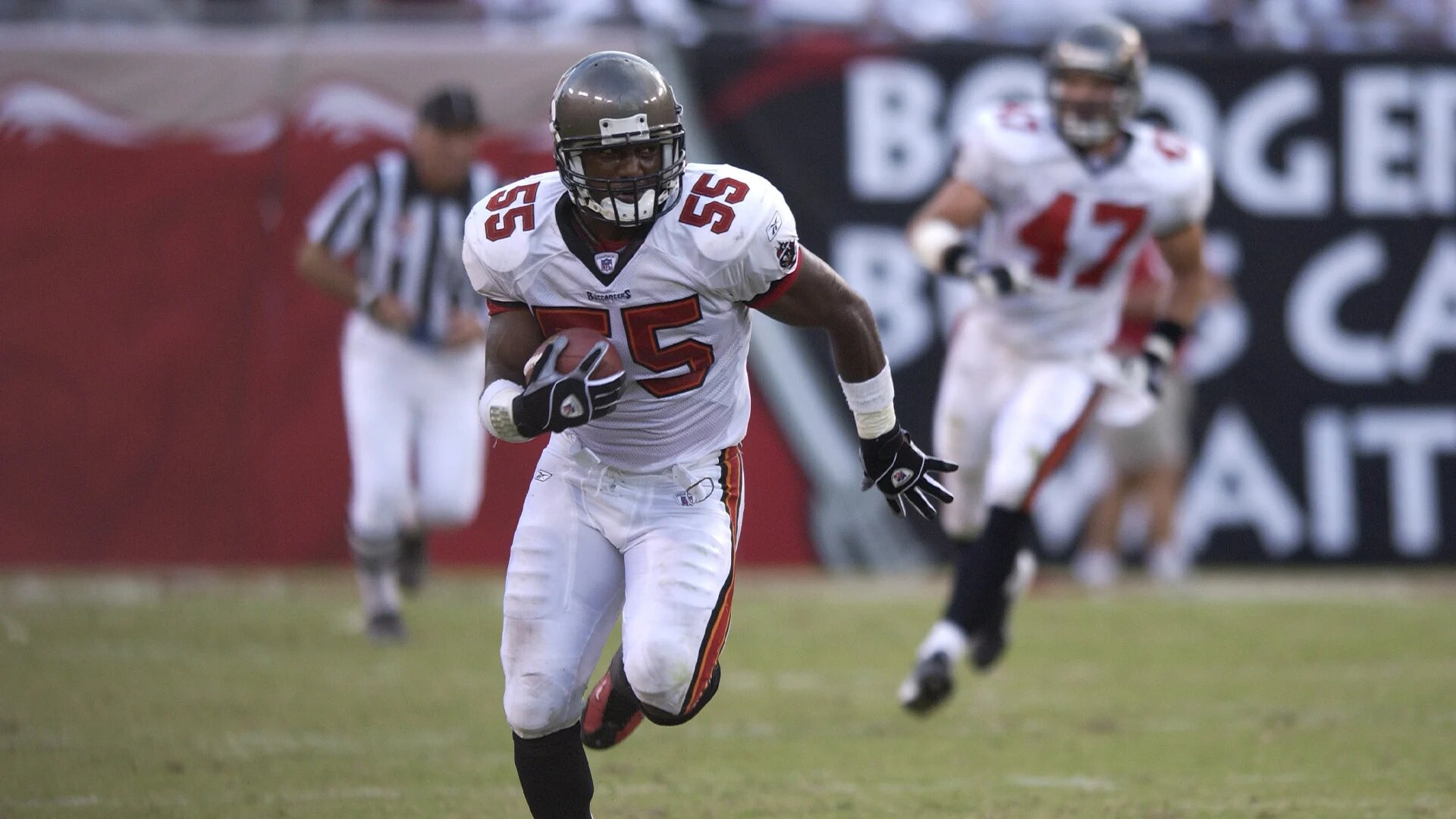
The participants are against it. Many fans will be dissatisfied with it. Nevertheless, the NFL feels obliged to advocate for the hip-drop tackle’s prohibition.
It’s easy to understand why. According to the league, the play causes injuries at least 20 times more frequently than a typical tackle.
We’re told that the NFL is aware that it might not be as obvious in real time as a horse-collar tackle. However, it ought to be less difficult to identify than disregarding the prohibition on bringing the helmet down or forcing an opponent to touch you.
Real-time detection is only a portion of the enforcement process. The league will have the power to punish the tackler after the fact, which should, in theory, cause them to give up a strategy the league considers risky, even if the officials miss it, particularly when it occurs (as it usually does) in the tackle box.
Naturally, that will raise questions about whether the hearing officers will support the league’s enforcement actions. Hall of Fame linebacker Derrick Brooks, who, with former NFL receiver James Thrash, handles the appeals of fines and suspensions for on-field infractions, voiced concerns during Super Bowl week regarding the distinction between a hip-drop tackle and a regular attempt to bring a ball carrier down from behind.

“This specific play that happened to [Florida State quarterback] Jordan Travis in college,” Brooks said in a Las Vegas interview with PFT Live. “I saw a young man hustle down the field, grab the guy, and bring him down. It was a great effort play.” A tackle involves a few different angles. Unlike when you approach from behind someone and grasp, your body weight and momentum will propel you to the side when you approach from the side and grab a guy in that location. Those two differ greatly from one another.
Do you refer to them similarly then? Are both, in your opinion, hip-drop tackles? Or do you rename each one in turn? And I examine the play that Andrews makes against the Bengals, the tight end.
I thought that tackle was excellent. You observe how that young man came to be the way he was. He wasn’t attempting to retreat. He made an attempt to seize. His goal was to roll with the motion by grabbing to the side. That is how it happened; it wasn’t a backhand grab. Now, there were a few really bad incidents where someone grabbed, wrapped, and rolled a man back. I most certainly don’t want to see that tackle.
The rule as written does not distinguish between grabbing a player and yanking him back and tackling a player from behind. For Brooks and Thrash, the final wording of the rule—should it be adopted—will have the final say. There will be further inquiries into their qualifications as hearing officers if they decline to follow the written norm.
In any case, it appears that the regulation will be approved at the owners’ meeting in May—if enough coaches object—or perhaps even next week. It’s really what the league office wants. As we’ve seen in the past, the league office usually gets its wish when it truly wants something.
Leave a Reply